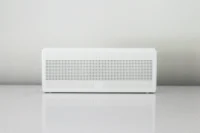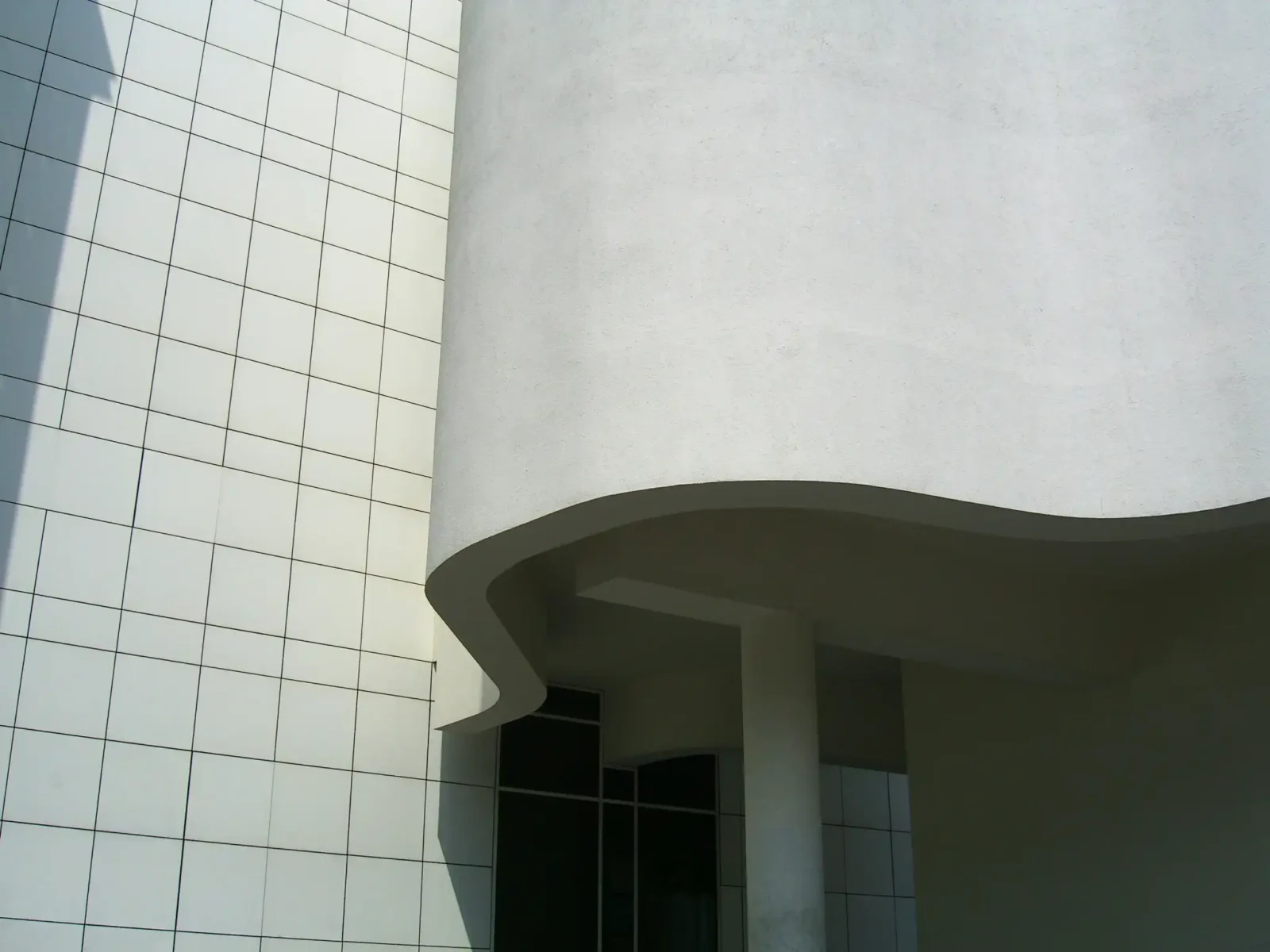- Home
- Articles
- Architectural Portfolio
- Architectral Presentation
- Inspirational Stories
- Architecture News
- Visualization
- BIM Industry
- Facade Design
- Parametric Design
- Career
- Landscape Architecture
- Construction
- Artificial Intelligence
- Sketching
- Design Softwares
- Diagrams
- Writing
- Architectural Tips
- Sustainability
- Courses
- Concept
- Technology
- History & Heritage
- Future of Architecture
- Guides & How-To
- Art & Culture
- Projects
- Interior Design
- Competitions
- Jobs
- Store
- Tools
- More
- Home
- Articles
- Architectural Portfolio
- Architectral Presentation
- Inspirational Stories
- Architecture News
- Visualization
- BIM Industry
- Facade Design
- Parametric Design
- Career
- Landscape Architecture
- Construction
- Artificial Intelligence
- Sketching
- Design Softwares
- Diagrams
- Writing
- Architectural Tips
- Sustainability
- Courses
- Concept
- Technology
- History & Heritage
- Future of Architecture
- Guides & How-To
- Art & Culture
- Projects
- Interior Design
- Competitions
- Jobs
- Store
- Tools
- More
The Place of Lighting Elements in Architecture: Enhancing Design and Experience
Explore the transformative power of lighting in architecture with our comprehensive article. Delve into how natural and artificial light shapes mood, enhances aesthetics, and boosts energy efficiency. Learn about innovative techniques, including layered and smart lighting solutions, that elevate design and user experience.

Lighting isn’t just a practical necessity in architecture; it’s a powerful design element that shapes our experience of space. From the warm glow of a cozy café to the dramatic shadows cast in a modern art gallery, lighting influences mood, functionality, and aesthetics. As we explore the integral role of lighting elements in architecture, we’ll uncover how they can transform a simple structure into a captivating environment.
Incorporating natural and artificial light effectively enhances not only the beauty of a building but also its sustainability and energy efficiency. By understanding the nuances of light, we can create spaces that resonate with their occupants and reflect the intended purpose of each area. Join us as we delve into the art and science of lighting in architecture, revealing its profound impact on design and our daily lives.

Table of Contents
ToggleThe Importance Of Lighting In Architecture
Lighting serves as a crucial element in architecture, enhancing both the visual aspects and the overall functionality of spaces. Its effective application directly affects aesthetics, mood, and the user experience within buildings.

Enhancing Aesthetic Appeal
Lighting enhances aesthetic appeal by accentuating architectural features, textures, and colors. Properly placed fixtures illuminate focal points, such as artwork or structural details, creating visual interest. For instance, uplighting can highlight a building’s façade, drawing attention to unique elements. Directional lighting, like spotlights, emphasizes specific areas, adding depth to design. Effective use of light can transform ordinary spaces into extraordinary ones, significantly elevating their visual charm.
Influencing Mood And Atmosphere
Lighting significantly influences mood and atmosphere in architectural spaces. Warm light creates a cozy environment, encouraging relaxation and social interaction. In contrast, cool lighting fosters focus and productivity, making it ideal for workspaces. The transition of light throughout the day, particularly with natural light, allows for dynamic changes in ambiance. For example, large windows allow sunlight to fill interior spaces, adjusting the feel according to the time of day. Through thoughtful design, we can manipulate lighting to evoke specific emotions and support the intended use of each area.
Types Of Lighting Elements
Lighting elements can be categorized into two main types: natural lighting and artificial lighting. Each type plays a vital role in architectural design, offering unique benefits and applications.

Natural Lighting
Natural lighting utilizes sunlight to illuminate spaces. Its advantages include:
- Energy efficiency: Reduced reliance on artificial light lowers energy consumption.
- Mood enhancement: Sunlight has a positive effect on occupant well-being and productivity.
- Visual depth: Natural light highlights textures and colors, creating a dynamic visual experience.
- Passive design strategies: Incorporating larger windows, skylights, and strategically placed openings optimizes light flow throughout the day.
Implementing natural lighting not only enhances aesthetic appeal but also promotes environmental sustainability.
Artificial Lighting
Artificial lighting encompasses various sources that provide illumination when natural light isn’t sufficient. It includes:
- Ambient lighting: General lighting that ensures overall visibility, such as ceiling fixtures and wall sconces.
- Task lighting: Direct lighting for specific activities, including desk lamps and under-cabinet lights.
- Accent lighting: Focused lighting that highlights architectural features or artworks, like track lighting and recessed lights.
- Smart lighting systems: Technologies that adapt brightness and color temperature based on occupancy and time, enhancing both energy efficiency and user comfort.
Artificial lighting complements natural light, creating versatile environments tailored to specific needs and enhancing the overall design of a space.
Integrating Lighting With Architectural Design
Integrating lighting with architectural design enhances both visual appeal and functionality. We explore essential strategies and techniques to create cohesive environments while examining successful case studies that exemplify outstanding lighting integration.

Lighting Strategy And Techniques
Effective lighting strategies consider the specific needs of each space. We utilize a diverse range of techniques to achieve optimal results:
- Layered Lighting: We combine ambient, task, and accent lighting to create a well-rounded illumination that addresses different activities and moods. This layering adds depth and versatility to spaces.
- Natural Light Optimization: We maximize natural light through design features like open floor plans, large windows, and skylights. This approach not only reduces energy consumption but also enhances occupant well-being.
- Smart Lighting: We implement smart lighting systems that adapt to user preferences and environmental conditions. These systems promote energy efficiency while ensuring comfort and convenience.
- Thematic Lighting: We design lighting to support specific themes or architectural styles. This method incorporates color temperature and intensity to resonate with the building’s overall aesthetic.
- Directional Lighting: We use techniques like uplighting and downlighting to emphasize architectural elements. This enhances textures and creates dynamic visual interest throughout the space.
By exploring these strategies and case studies, we recognize the transformative impact that thoughtful lighting integration can have on architectural design, enriching both the environment and user experience.
The Impact Of Technology On Lighting Design
Technology profoundly shapes lighting design, introducing innovative solutions that elevate architectural experiences. Smart lighting solutions and sustainable practices play crucial roles in modern environments.

Smart Lighting Solutions
Smart lighting solutions enhance user interaction and adaptability within spaces. These systems utilize sensors, timers, and mobile applications to adjust brightness and color temperature based on activity and occupancy. For example, advanced sensors dim lights in unused areas, minimizing energy consumption and extending bulb life. Smart lighting also enables personalized settings. Users can program specific moods or automated schedules, ensuring energy-efficient environments tailored to individual preferences. The integration of smart technology in lighting systems fosters a seamless blend of functionality and user comfort.
Sustainable Lighting Practices
Sustainable lighting practices contribute to environmental stewardship through energy-efficient design and innovative materials. Utilizing LED fixtures significantly reduces energy usage compared to traditional incandescent bulbs, decreasing overall carbon footprints. Additionally, incorporating solar-powered lighting solutions into architectural designs takes advantage of natural light while minimizing dependence on external power sources. Passive design techniques, like strategically placed windows and skylights, maximize natural light during daylight hours, which minimizes the need for artificial lighting. Practicing sustainability in lighting not only enhances environmental impact but also aligns with the growing demand for green building practices, leading to both cost savings and improved occupant well-being.
Conclusion
Lighting elements play a critical role in architectural design, impacting aesthetics, functionality, and user experience. Effective use of both natural and artificial lighting enhances a building’s beauty while promoting sustainability and energy efficiency. By emphasizing architectural features and creating specific moods, lighting transforms spaces into engaging environments.
Our analysis underscores the significance of various lighting strategies, such as layered lighting and smart systems, that adapt to user needs and enhance overall ambiance. Successful implementations, like those seen in notable projects, demonstrate the profound effects of thoughtful lighting integration on both architecture and the experiences of occupants.
The advancement of technology continues to influence lighting design, offering innovative solutions that prioritize energy efficiency and environmental responsibility. As we embrace these changes, we align with the demand for sustainable practices, ensuring the well-being of both users and the environment. Lighting remains an essential component in creating spaces that are not just functional but also memorable.
- aesthetic lighting in architecture
- architectural lighting design
- architectural lighting solutions
- architectural lighting specialists
- custom lighting solutions
- dynamic lighting in architecture
- effective lighting design
- energy-efficient architectural lighting
- enhancing architectural design
- exterior architectural lighting
- innovative lighting in architecture
- integrated lighting solutions
- interior architectural lighting
- lighting design for buildings
- lighting design services
- lighting elements in architecture
- lighting experience in architecture
- lighting innovations in architecture
- modern lighting design
- sustainable lighting design
Submit your architectural projects
Follow these steps for submission your project. Submission FormLatest Posts
The Ultimate Guide to Fencing in North Dakota: Choosing the Best Fence for Your Property
Watching a chain link fence twist in 70 mph winds near Minot...
Gaudí: Where Architecture Meets Science
Gaudí: Where Architecture Meets Science shows catenary arches, ruled surfaces, and biomimicry...
How Housing Market Forces Shape Architectural Design Today
Architecture never exists in isolation. Buildings rise from a mix of ambition,...
Why Portable Formaldehyde Gas Detectors Matter on Construction Sites
As construction practices shift toward more enclosed and material-intensive environments, the risk...












Leave a comment